Stories inspired by two people from the world of architecture and design we’ve lost due to COVID.
No matter which James Bond actor is your favorite, it’s undeniable that the Sean Connery films had the best villains. There’s Blofeld, who turned cat-stroking into a thing that super-villains do, and then there’s Goldfinger—Bond’s flashiest nemesis. Fun fact: the author of the James Bond books, Ian Fleming, named Goldfinger for a real person—an architect by the name of Ernő Goldfinger, who made giant, hulking, austere concrete buildings. Fleming disliked these buildings so intensely that he immortalized their architect as a villain in pop culture.
And Fleming wasn’t the only critic. Goldfinger’s buildings were decreed “soulless.” Inhabitants claimed to suffer health problems and depression from spending time inside them. Some of Goldfinger’s buildings were vacated because occupants found them so ugly. Yet, architects praised Goldfinger’s buildings. His Trellick tower, which was once threatened with demolition, has been awarded landmark status.

This divide—this hatred from the public and love from designers and architects, tends to be the narrative around buildings like Goldfinger’s. Which is to say, gigantic, imposing buildings made of concrete.
Some people refer to this building style as “Brutalist architecture,” but Brutalism is a big, broad label that’s used inconsistently in architecture, and architects tend to disagree on a precise definition of the word. Furthermore, the word “brutalism” has intense connotations, even though it’s not actually related to “brutality.” The word comes from the French “béton brut,” which means raw concrete.
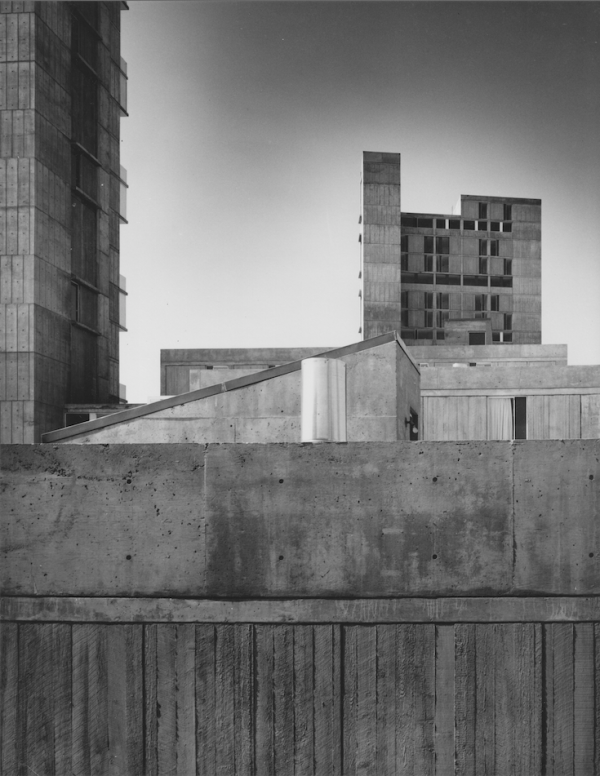
Lots of folks, beyond the creator of James Bond, love to hate these concrete buildings. Their aesthetic can conjure up associations with bomb shelters, Soviet-era, or “third-world” construction, but as harsh as it looks, concrete is an utterly optimistic building material.
Around the 1920s, concrete was seen as being the material that would change the world. The material seemed boundless—readily available in vast quantities, and concrete sprang up everywhere—on bridges, tunnels, highways, sidewalks, and of course, massive buildings. Concrete has become the second-most consumed product in the world. The only thing we consume more of than concrete is water.

Concrete presented the most efficient way to house huge numbers of people, and government programs all over the world loved it—particularly Soviet Russia, but also later in Europe and North America.
Philosophically, concrete was seen as humble, capable, and honest—exposed in all its rough glory, not hiding behind any paint or layers. Concrete structures were erected all over the world as housing projects, courthouses, schools, churches, hospitals—and city halls.
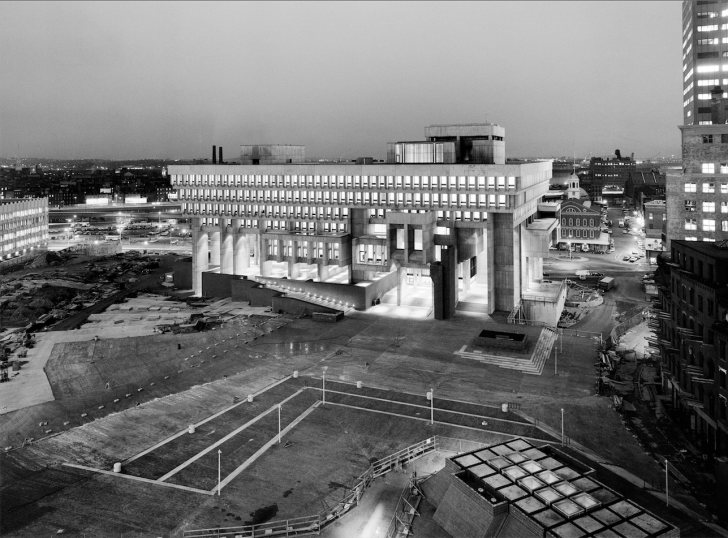
In the late 1950s and early 60s, Boston was plagued by a loss of manufacturing jobs and white flight to the suburbs. For decades the Massachusetts capital had the highest property taxes in the nation and almost no new development. So Boston set an agenda to make the city great again by erecting big, soaring, modern buildings made of concrete. And, though some of these buildings were celebrated, others were despised.

When Boston City Hall was built in 1968, critics were put off by the concrete style. It was called “alienating” and “cold.” And since it was a government building, this criticism became impossible to remove from politics. Boston City Hall became a political pawn as mayors and city council members vied for public support with promises to tear it down.
But tearing down Boston City Hall has never come to pass. Doing so would take an incredible amount of effort and money. And so, government officials have largely chosen to ignore the building. This “active neglect” happens with a lot of concrete buildings—they are intentionally unrenovated and uncared for which only makes the building more ugly, and then more hated, and then more ignored. It’s a vicious cycle wherein the public hate of a building feeds itself.

When people built these mammoth concrete structures, no one really thought about maintenance, because they seemed indestructible. In the early days of concrete people assumed it was an everlasting material that wouldn’t require any further attention. This has not proven true. But, it can be hard to tell when concrete needs repairing since its decay is not visible on the surface.
Concrete deteriorates chemically, from the inside out. Part of this has to do with the metal rebar reinforcements that help to hold up most concrete buildings. The rebar can rust, and this degradation can lead the concrete to fracture.

But despite their unpopularity, tearing down these concrete structures is probably not the answer. The process is costly and wasteful. We can adapt these buildings to make them greener, more appealing places to be. And the best way to break the cycle of active neglect may be to love these concrete brutes in all their hulking glory. As with any art form—whether opera or painting or literature—the more you know about it the more you appreciate it. This is especially true of concrete buildings.
Architecture students appreciate them because they know that concrete requires a great deal of skill and finesse to work with. Every little detail has to be calculated out in advance because once the concrete is poured, there’s no going back to make adjustments.
Aside from the interesting design challenges concrete poses, the material itself can be subtly beautiful.

We call the city a “concrete jungle” to talk about the artificiality of the urban landscape, but concrete can actually be a very natural expression of the environment. What we think of as a homogenous texture is actually rich and diverse, when you consider it closely.
Concrete’s color and texture can be dictated by local climate, local earth, and local rock. Concrete can also be an expression of local style and custom. For example, British concrete has big, thick textured chunks of rock, while Japanese concrete is fine and smooth.
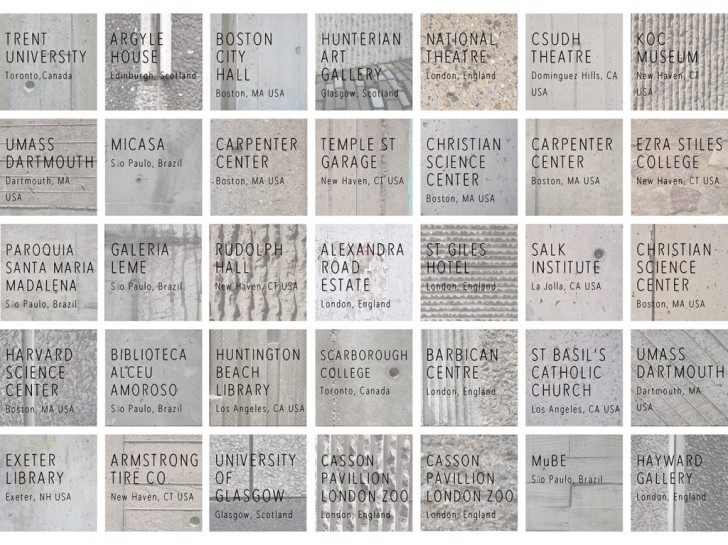
But the beauty of concrete architecture might be the most apparent when you can observe the buildings like pieces of sculpture—without having to actually live and work in them which brings in concrete’s surprising ally—photography.
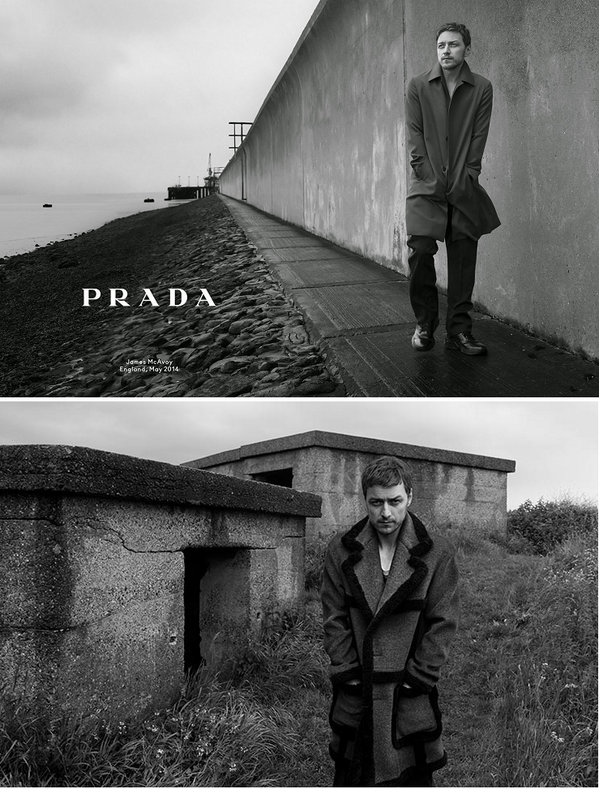
Concrete looks good in photographs. It provides a neutral background to bring out people’s skin tones, or the color of their clothing. Fashion photographers discovered this first, but in recent years, pockets of the internet started to appreciate these concrete buildings.

Photography is allowing a new audience to appreciate these buildings for their strong lines, their crisp shadows, and increasingly, the idealism they embody.
In the words of Adrian Forty, author of Concrete and Culture:
[Concrete buildings] represent a set of ideas about the state of the world and what the future was imagined to be that we want to preserve. We should remember what people were thinking 50 years ago. If we tear these buildings down, we will lose all of that.
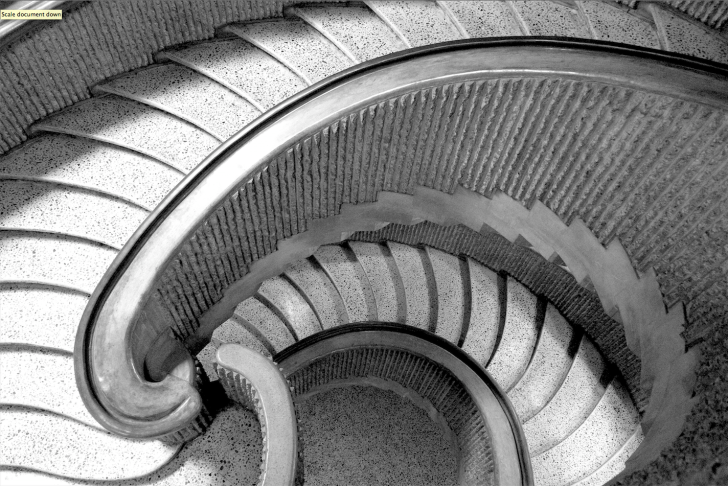
Back in the 1960s, Victorian-style buildings were considered hideous and impossible to repair. We were tearing batches of Victorians down to erect big concrete buildings. But some Victorians were saved—and today, some of them are considered treasures.

Concrete architecture now finds itself at an inflection point: too outdated to be modern, too young to be classic. And a small but growing band of architects, architecture enthusiasts, and preservationists would like us to just wait a bit and see.
Maybe, with a little time, we’ll come around to love these hulking concrete brutes.
Coda
We’ve lost quite a few people in the design world since the beginning of the pandemic due to COVID-19. One of them was Michael McKinnell, co-designer of Boston’s Brutalist City Hall, and another voice who is gone too early was Michael Sorkin. Sorkin was an architect and the Village Voice architecture critic in the 80s. He brought a totally new kind of approach to writing about buildings, one that focused on people and politics.
We spoke with design critic at Curbed, Alexandra Lange, about Sorkin’s work, and Roman Mars reads excerpts from one of his works called Two Hundred and Fifty Things an Architect Should Know.




Comments (14)
Share
Wonderful episode – thank you for marking the loss of these two men and our loss throughout right now, for the inspiration of 250 Things, the quality of 99PI episodes, Mars’ leadership (that would be a good episode), and charmingly bookended throughline of concrete. You couldn’t convince me on the cement buildings but I so appreciate the opportunity to have explored the point. Thanks for lifting us up today.
Loved this episode the first time, and loved it again. The CODA at the end was especially poignant in that inimitable Roman Mars way. Further, I had the pleasure of spending large periods of my education in Brutalist, concrete buildings: Lauinger Library at Georgetown University, and the Barco Law Building and Posvar Hall (née, Forbes Quadrangle) at the University of Pittsburgh. While I can appreciate the visceral dislike, I find these buildings to be charming and special in their own way.
Beautiful. My initial reaction after being moved to tears during the reading of Sorkin’s work, was the realization of just how many of the 250 things have already been 99PI episodes.
Beautiful. I have never managed to donate to this podcast and am not sure why as it has consistently been my favorite for years. This episode changed that. In listening to Roman read Sorkin’s work, I realized just how many of the 250 things have been parts of 99 PI episodes that I have thoroughly enjoyed and how I must support this work. “Devils Rope” was my gateway into being a devoted listener and “The Smell of Concrete in the Rain” the one that I will remember moving me to tears.
Love how you talk about how concrete reflects it’s environment. If you look at the high court of Australia for instance, you can actually see the concrete pours change colour slightly as there was a large dust storm that occured while it was being constructed.
But also, you can get concrete in so many different grades and textures. Grade 1 concrete is beautiful. So is polished concrete. Then add in different aggregate and you can change the colours, and even make it sparkle. Beautiful.
Nice article, am looking forward to listening to the podcast episode.
99pi is far and away my favorite podcast. Keep up the great work!
I’ve been playing a lot of online social games during the pandemic and was humored when I saw that Boston City Hall is being used as a visual stand-in for generic government buildings.
As an architect who lived in Boston for 20 years, I am very familiar with the criticism of it’s concrete form: elegant and light to some, imperialistic and imposing to many others, but always instantaneously recognizable.
I think Roman hit the nail on the head when he says we should all take a step back and give buildings a time before making hasty decisions about them. Buildings like most things will quickly fall from fashion and this is the most dangerous time for them. They appear outdated and are often poorly maintained which makes them look worse. In Britain we have the twentieth Century Society which tries to get these often unloved building protected before it’s too late
This list is really inspiring. And the way you said it moved me.
Great episode and great work
Great episode!! I love concrete buildings and how they can be used to represent the locality and sentiment of a nation and culture.
A more recent example is the “Torre Reforma” in Mexico City which was awarded with the title of best skyscraper of the world 2018. This is the tallest concrete structure in the world, showing just how functional concrete can be. It broke may paradigms by creating a seismic proof structure as well as a LEED Platinum sustainable concrete building.
I have no affiliation to the building what so ever, but I think it’s really remarkable what Arq. Benjamin Romano has achieved by looking back to the Mexican roots of monolithic architecture.
Where can I find the music box themed music in the end. I think it is composed by Sean Real? Really love it!
Perhaps due to a long career in the cement industry I was fascinated by the Boston City Hall when visiting the city in 2016 (https://flickr.com/photos/50501755@N02/sets/72157714863832377) An honest interesting and fascinating building. Just like 99pi
Hi guys,
Incredible production value as always and I went to Cal for Architecture so I have a special place in my heart for the ever-contentious Wurster – it’s really functional.
However, I felt the need to point out two things that I think were omitted, one which I think is a truly missed opportunity considering your platform:
1) concrete with no mention of Tado Ando or Gaudi?? It was a brutalist episode, so forgivable.
2) You kind of touched on it noting it’s the second most used human product and advocating for saving and reusing old concrete structures but the elephant in the room is concrete has a massive carbon footprint! It’s incredibly irresponsible to build new buildings of just concrete unless it’s directly over an existing cement plant. The necessity of concrete is something our firm struggles with on almost every project – you need some but we often way over design foundations. Mass timber (clt is the latest) has been approved on a federal housing level and is a terrific substitute that sequesters rather than “emitting.”
Love everything about 99pi, and it is because of this I felt a need to provide some (hopefully) constructive criticism.
Your Oakland neighbor, Devin
Sorry, the presenters have made some assumptions here which aren’t accurate. The connection between Ian Fleming and Goldfinger is unclear and disputed. Early residents of Goldfingers residential buildings were VERY enthusiastic about them, and health problems as a result of the architecture? Where’s the evidence? One of Goldfinger’s aims was to improve life through architecture.